Sole-source plant lighting
High power LED grow lights are used to grow plants in commercial indoor farms where plants are typically grown in a single layer on the floor under high intensity toplighting with no sunlight. In lockstep with the increased industrial interest in growing high value crops as well as consumer needs for fresher, healthier, tastier, and more sustainable foods, indoor farming has gained serious traction and been witnessing significant adoption across the globe. Sole-source indoor farms provide a totally controlled growth environment where artificial light is the sole source of irradiation and growers have more control over temperature, humidity, CO2, water, nutrients, pH, and other factors that influence plant growth. Indoor farms also include vertical farms. These indoor grow facilities are designed for multilayer plant production.
High intensity sole-source farms are used to cultivate taller crops with plant heights exceeding the capacity of racking systems. These plants include tomatoes, peppers, cucumbers and roses. However, in North America the most cultivated plant found in high intensity sole-source farms is cannabis.
The importance of artificial lighting in sole-source indoor farms
High intensity sole-source indoor farms separate the influence of natural daylight to the growth of plants and rely solely on electric lighting to orchestrate and manipulate the growth and development stages of plants. The indoor horticulture lighting systems should deliver an adequate amount of irradiance in the wavelengths useful for the specific species of plant being grown. As one of the key environmental factors, light influences the growth and development of the plants throughout their whole lifespan from germination, vegetative growth, all the way through to flowering and yield. The effect of light on plants is a function of quality (spectrum), quantity (intensity), and duration (photoperiod).
The quality of light is as fundamental as the quantity of light.
The quality of light refers to the effectiveness of its spectral power distribution (SPD) in stimulating chlorophyll to drive photosynthesis and steering plant development and morphology. The growth of a plant is strongly determined by the total number of photons in the photosynthetically active range of wavelengths (400 nm to 700 nm). The amount of photosynthetically active radiation (PAR) that actually arrives at the plant is evaluated using two variables: photosynthetic photon flux density (PPFD) and daily light integral (DLI). PPFD quantifies photon irradiance (micromoles of photons falling on a square meter per second). DLI quantifies the total number of photosynthetically active photons that a plant receives in a day.
The biomass and growth rate of a plant are strongly determined by the total number of photons that it absorbs in the PAR region. Crops grown in high intensity sole-source indoor farms may require PPFD up to 1100 μmol/m2/s or more during flowering. Photoperiod refers to the duration of light a plant receives in a day. It is a critical cue used by several plant species in initiating transition from vegetative to reproductive growth.
A new frontier opened up by LED lighting
Lighting technology has evolved tremendously over the last decade. While high intensity discharge (HID) fixtures, including high-pressure sodium (HPS) and ceramic metal halide (MH), still have a strong presence in high intensity sole-source farms, LED technology has now reached a point where LED lighting products offer significantly lower cost of ownership during their life cycles. The photosynthetic photon efficacy (PPE) of LED grow lights has surpassed that of best-in-class HID lamps (1.70 µmol/j for double-ended HPS) by more than a factor of two and still has significant room to improve. There’re also high optical losses with omni-directional light sources when they’re installed in a luminaire.
On the other side, the small size and optical directionality of LEDs allow improved optical control for minimal optical losses and highly uniform light distribution over plant canopy. The SPD of LEDs can be precisely engineered to ensure that the spectral effectiveness of the delivered SPD perfectly matches an optimum spectrum for the function of the light. Improved optical delivery efficiency and spectral efficiency translate to significant additional energy savings that are not possible with HID lamps. While energy saving is a major driver behind the push to switch to LED lighting, the spectral controllability of LEDs unlocks far-reaching potentials to enhance crop yields and qualities. Spectral manipulation allows different photoreceptors to be selectively activated and specific plant responses to be engaged at any stage of growth from seed to harvest. Dynamic control of the intensity and spectral composition allow lighting to be adapted to the dynamics of biological processes in plants.
System design
LED grow lights used in single-layer, sole-source commercial indoor farms are high power systems that draw between 400 and1000 watts of electrical power and deliver a photosynthetic photon flux (PPF) of up to 3000 μmol/s. LED grow lights have countless form factors created for different applications, and the design innovation seems to have no limit. The design of LED lighting systems shares little in common with conventional lighting products since LEDs are complicated devices whose efficiency and lifespan are dependent on the design or performance of driver electronics, the thermal management system, mechanical and optical systems.
A high power LED grow light can be a single-assembly system or take a modular design. The singe-assembly luminaire has an integrated construction of at least the LED module, heat sink, and optics. The driver/control circuitry is either incorporated into the luminaire enclosure or mounted outside the enclosure for thermal isolation with the light engine and/or ease of maintenance. A modular LED grow light is comprised of multiple light assemblies with integrated thermal management and optical control. Its scalable and modular ability provides for a significant amount of options and customizations in photon flux packages and light distributions that can be implemented without much hassle. The enclosure of the luminaire or modular LED engine is corrosion protected and sealed to stand up to direct water sprays, splashes, high humidity, and support critical sanitation protocols.
Spectral design to drive photosynthesis
Sole-source (absence of sunlight) lighting applications call for thoughtful spectral design of the lighting system. The spectral composition of the horticulture lighting system must make the absorption efficiency of the different photosynthetic photoreceptors present within organelles called chloroplasts a high priority, but it does so in the context of addressing the growth and development needs of the whole plant at all growth stages.
A high power LED grow light is typically designed to deliver a full spectrum of light to mimic natural sunlight while optimizing the spectral composition for maximal effectiveness and excluding harmful photons. The spectrum should support plant growth by creating photons that can be absorbed by chlorophylls. The absorption bands of chlorophyll A, which accounts for around 75% of photosynthetic activity of a plant, peak at 430 nm and 680 nm. The accessory pigment chlorophyll B extends the range of wavelengths that can be used for photosynthesis has absorption peaks at 460 nm and 640 nm. The blend of red and blue light that targets the PAR region should be mixed in an appropriate ratio such that it can be most conducive to plant growth. In addition, plants have a variety of photoreceptors that mediate plant development yet have absorbance wavelengths overlapping with those of the chlorophylls or extending outside the PAR region.
Spectral design to steer plant development and morphology
Photomorphogenetic responses are mediated by two interconvertable forms of phytochromes, Pr and Pfr, which have their absorption peaks in the red at 660 nm and in the far-red at 730 nm. Phytochromes play a key role in plant development. They can stimulate many biological processes such as flowering time, seed germination (photoblasty), leaf expansion, apical hook straightening, circadian rhythm entrainment, chlorophyll biosynthesis, and shade avoidance syndrome. The red:far-red ratio (R:FR ratio) of light determines the ratio between active phytochromes (Pfr) and inactive phytochromes (Pr), which in turn changes photosynthesis at the scale of the whole plant.
Cryptochromes, which regulate gene expression and entrain circadian rhythms, absorb UVA, blue, and green wavelengths. Phototropins are also blue- and UVA-sensitive photoreceptors which control a wide range of plant responses including chloroplast movement, stomatal aperture (opening and closing), leaf flattening, phototropism (process in which plants move in response to light), and inhibition of hypocotyl elongation. Within controlled environments, boosting production of secondary metabolites (flavonoids, terpenes, cannabinoids, and others) that may strengthen defense mechanisms or increase crop quality should be considered when designing light recipes.
Light source
A high power LED grow light for sole-source lighting applications is usually a multi-channel system that use LEDs with varied spectral compositions. Each LED channel is independently controlled or works with other LED channels to form a spectrally tunable module. Photosynthetically active radiation and visible light that targets the active spectrum of other photobiological responses are provided by broad spectrum phosphor-converted LEDs, monochromatic LEDs (red, green, blue LEDs), or a combination of both. The luminaire should be capable of producing a broad, visually acceptable spectrum that allows for an accurate assessment of the quality of plants. The LEDs are fabricated using either the high power ceramic architecture or the chip-scale package (CSP) platform.
Ceramic high power LED technology enables a high efficiency thermal path to be created to extract heat from the active region of the LED by attaching the LED chip to a metallized ceramic substrate. CSP technology eliminates the use of wire bonding and removes the need for lead frames or ceramic substrates, which further shortens the thermal path and improves device reliability. Low thermal resistance allows high power and CSP LEDs to be driven at much higher currents than conventional packages, without the risk of significant lumen depreciation or early failure due to overheating.
Thermal management
Given the robustness of the package design, the ability of the LEDs to perform to specifications with regard to color stability and photon flux maintenance in high power LED systems strongly depends on the system’s ability to draw heat away from the LED junction and thus keep the junction temperature below the maximum acceptable limit. The power wasted in converting electrical power into optical power is directly dissipated as heat within the LED package. The thermal energy must be extracted away from the LED chip through conduction as opposed to radiation as seen in HID sources. Operating LEDs without proper thermal design may overheat LED packages, and eventually lead to efficiency droop, short lifespan or device failure. Thermal management of LEDs is the most critical part of the system design for high power LED grow lights which can generate a thermal load in hundreds of watts. The amount of heat that can be removed from the luminaire largely depends upon the design of the thermal path from the semiconductor junction to the surroundings.
In order to fulfill the thermal management requirement, all components along the thermal path should have high material thermal conductivity, and the effective surface area of the thermal path should be maximized while the length of the thermal path should be minimized. The LEDs are generally mounted on a metal core printed circuit board (MCPCB) will provide a low thermal resistance, allowing the thermal load to be transferred to a heat sink via the shortest possible thermal path. The thermal design should also give consideration to reducing the thermal resistance of junction-to-board interconnects and the board-to-heat-sink interface. The heat sink is typically constructed from a thermally conductive material such as die cast, extruded or cold forged aluminum. It has a large surface area that allows for adequate physical contact with the heat source and simultaneously maximizes heat dissipation by convection. Heat pipes may also be added to aluminum heat sinks to increase the thermal transfer rate. Passive cooling is clearly the logical first choice when sufficient heat exchange can be facilitated without the need for active cooling. However, when the thermal path functions up to the limits imposed by the thermal characteristics of the material and passive heat sink design, forced convection which relies on the movement of air created from an outside source such as fans, blowers or synthetic jets should be employed.
Line and load regulation
The LED driver that operates the high power LED engines must deliver high efficiency with robust specifications for protection against overvoltage, short circuit, overload, over-temperature, and other abnormal operating conditions. A line-powered LED driver designed for AC mains applications typically incorporate switching regulators to efficiently convert electrical power from an AC source to a regulated DC load, or to several different loads, with each corresponding to a different output, regardless of any fluctuations that may occur to the AC power. The varied circuit architectures and driver topologies will dictate the performance and reliability of an LED driver. LED drivers based on two-stage topologies are much favored for high power applications owing to their ability to operate with a wide input voltage range, high circuit efficiency, wide dimming range, and inherent surge immunity. These driver circuits implement active power factor correction (PFC) to achieve a high power factor (PF) and low total harmonic distortion (THD) over wide variations in line voltage.
Full spectrum horticulture lighting applications usually require the driver to provide multi-channel output, which allows to operate separate LED channels in parallel for flexibility in spectral delivery and intensity control. CCR or PWM dimming circuitry is typically built into the driver as part of the control strategy. Adding intelligence, sensing and communications capabilities to the LED driver makes the LED grow light context aware to the cultivation environment and facilitate interoperability among the luminaires and connected devices via a wired or wireless network.

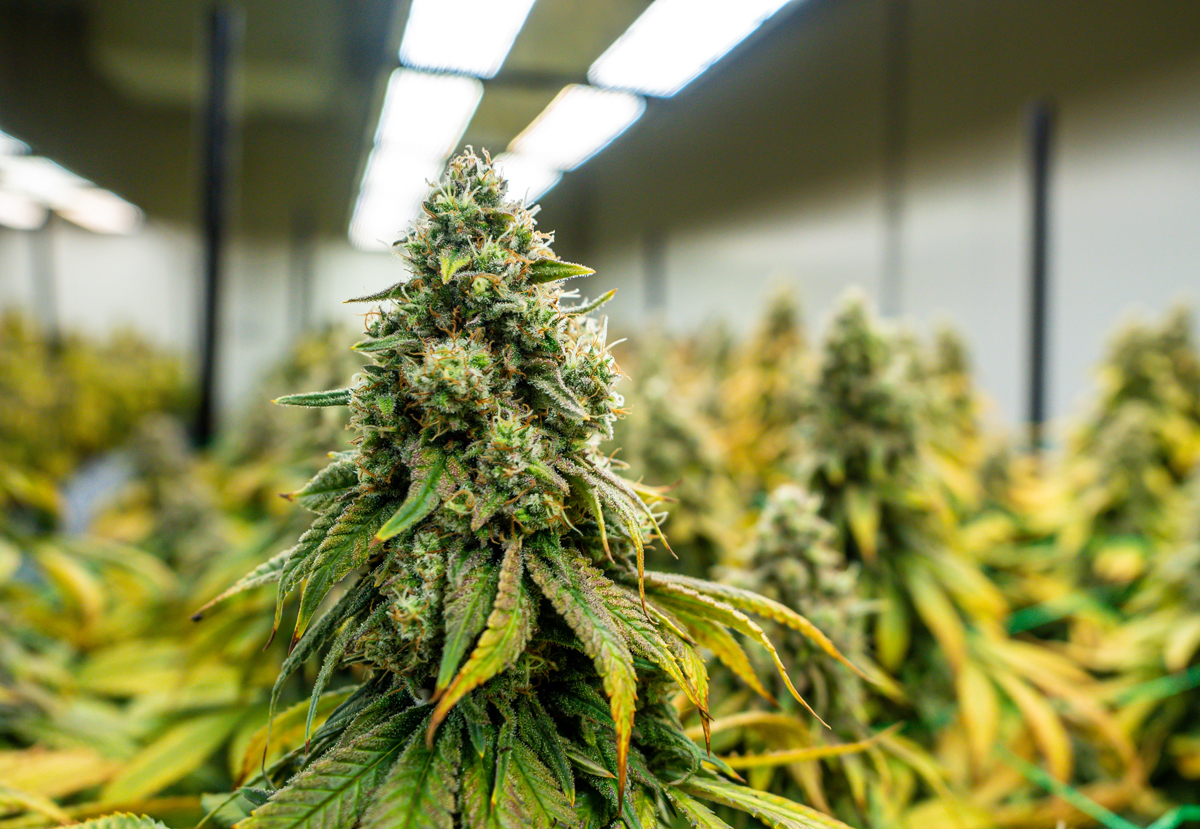
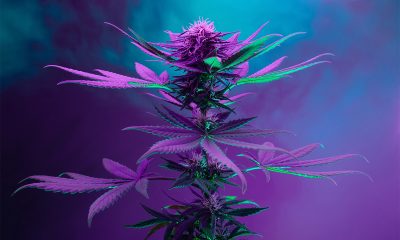
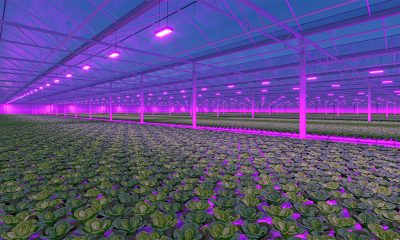
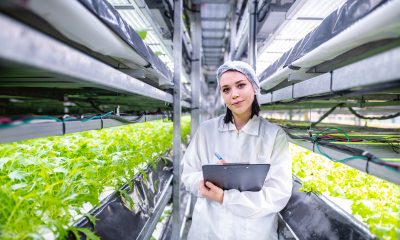
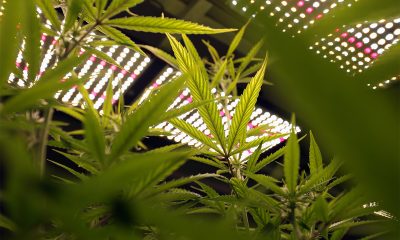
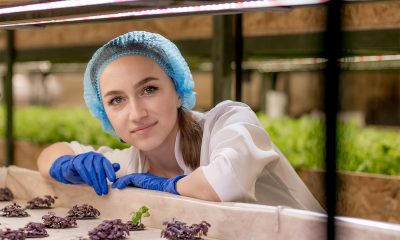
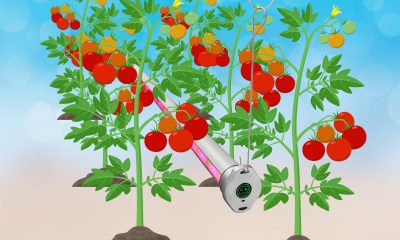
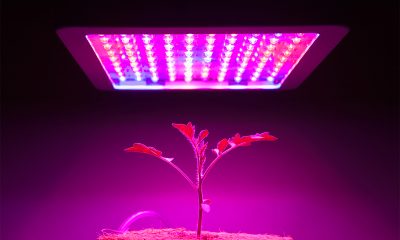

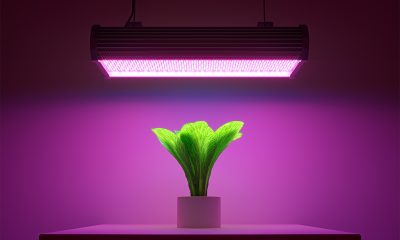





Loading...